One day in late August 2015, the weather turned cold and rainy in Cleveland. It was like a preview of late autumn. The temperature was in the low 60s and the sky was overcast.
While everyone around me groused, commiserating about being cheated of summer, I felt exhilarated. I always have, in the face of such days. The moistness, the cool air — they make me feel alive, especially after the deadening (to me) heat of an Eastern U.S. summer.
“Am I the only one who’s energized by weather like this? Cozy and gray like a sweater. Love it,” I posted on Facebook, to immediate derision and amusement (but also some agreement).
I got to thinking about what might underlie that, and not for the first time I considered ancestry. Could it be that, while many Clevelanders are of southern European, African or Latino descent, I was longing for the bracing chill and indirect-sun days of my ancestral Britain?
For a bit of fun, I entered Truro, England into the weather app of my smartphone. That’s the capital of Cornwall, a sea-battered county in far southwest England that I knew from some idle Googling is home to a disproportionate number of Glanvilles. (And that is heavily romanticized in literature and the visual arts, on which more later.)
Sure enough, the weather there was almost identical to what it was that day in Cleveland: cool and wet. But unlike Cleveland, which was due to return to a summer inferno the next day, Truro was scheduled to remain breezily cozy for the foreseeable future. In fact, summer temperatures rarely climb above the 60s there.
The next night, I decided it was time once and for all to figure out exactly where I’m from. I logged into my cousin’s Ancestry.com account, and disappeared into a rabbit hole from which I would not return for four hours.
Long story short? I discovered my great-great-grandparents Richard and Mary Glanville were agricultural laborers who came over from tiny St. Pinnock, Cornwall in 1874. Their own ancestors had lived in southeast Cornwall for generations, too.
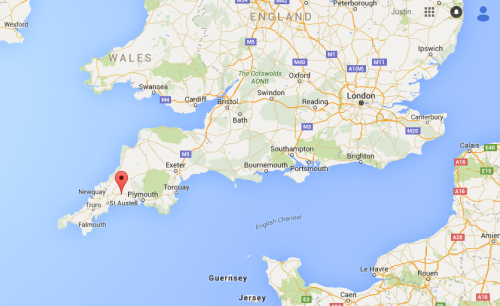
The red marker shows the location of St. Pinnock, Cornwall in relation to London, Ireland and northern France. Google Maps.
They settled in slightly-less-tiny Pleasant Mount (aka Mount Pleasant), in far northeastern Pennsylvania, where he opened his own blacksmith shop.
Twenty years later, they sailed back to Cornwall and brought over his old Mom and Dad, then in their 60s, through Ellis Island. I guess Richard and Mary must’ve been pretty nice people.
Mystery solved! And not only about my weather preferences. Also how it is I’ve been not only tolerating, but delighting in, the high-brow trashiness that is the BBC’s Cornwall-set Poldark!
Part of what’s been so exciting about making this discovery is that I’ve always assumed that my ancestors have been in the U.S. “forever” — that, while most of my friends know they’re Czech or Italian or Israeli or whatever, I have no ethnic identity to speak of.
I realize 1874 isn’t exactly yesterday, but on the spectrum of immigrant arrivals from the British Isles, it’s pretty darn recent. Even the Irish mostly came over a generation earlier than that.
What’s more, Cornwall has an ethnic, socioeconomic and geographic identity much more dramatic and less white-bread than England as a whole. It’s a land of sheer cliffs of volcanic rock shoved up from the sea, and of farmers and miners who’ve struggled for centuries to make a living on those rocks. Nowhere are you more than about a half hour from the ocean.
It even has its own language, Cornish, a Celtic language related to Welsh, Cumbric and Breton and more distantly to Gaelic. It went extinct in the 18th century but is experiencing a revival today, with some kids being raised as native speakers.
I forced myself to go to bed that night, and slept fitfully. I’d not only discovered an important part of my heritage but that it was a scrappy, colorful heritage originating in a particularly beautiful corner of the world.
I surprised myself with how much I’d been longing for this, and how grateful I was to have found it.
#
Of course, that thumbnail sketch of the Glanvilles, above, is only the beginning. I’ll be posting more about my search for my family’s story over time, talking about what I find as I find it.
For me, this feels like an important part of my life’s work — not just a hobby. I largely make my living writing about the importance of place in people’s lives. I’m fascinated by how people relate to where they live, and how places uplift or restrict us.
Having a firmer sense of my own roots solves at least part of the mystery of my own family’s relationship to place, a story I’d assumed was lost to time. It seems important for me to understand my own background better in order to do a better job telling other people’s stories.
I’m starting with the Cornish Glanville story because 1) it’s the strongest strain of my ancestry, accounting for about 1/8 of my background; 2) it’s been where I’ve found the most information; and 3) shallowly, that’s my last name. Hehe.
I expect this will be an evolving tale, and that I’ll make mistakes and learn more as I go. That’s why I’ll present it as the story of my own search, rather than try to craft a definitive family history all at once.
It’ll be like a personal detective story, complete with red herrings and twists and dead ends.
And maybe, just maybe, I’ll end up with a good-enough version of the truth.
Up next, I look into Census records, research the history of Cornwall and track down a long-lost cousin — all to explore exactly where my great-great-grandparents came from and why they might have decided to start fresh in the U.S.



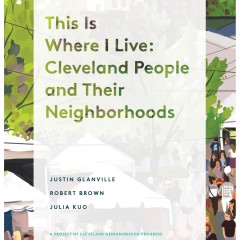


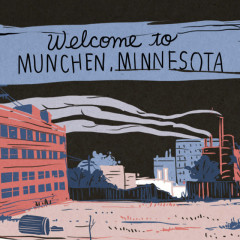
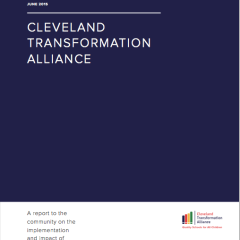


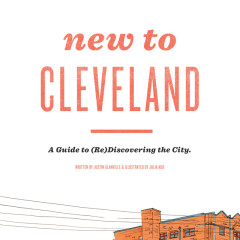

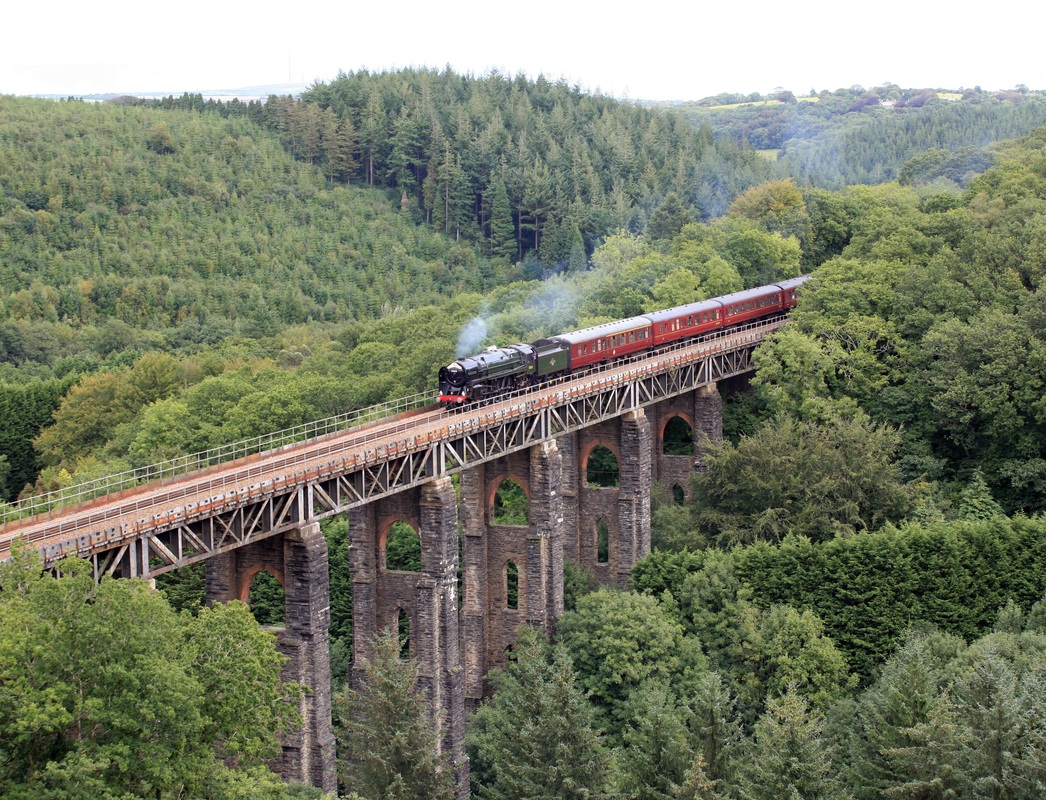

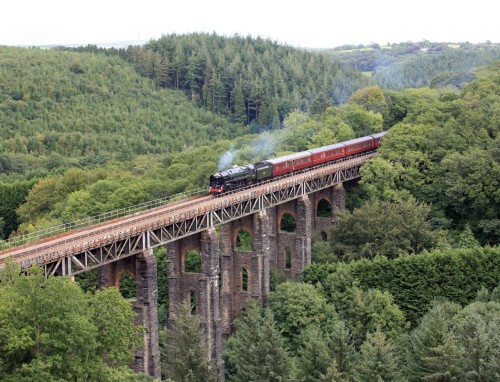
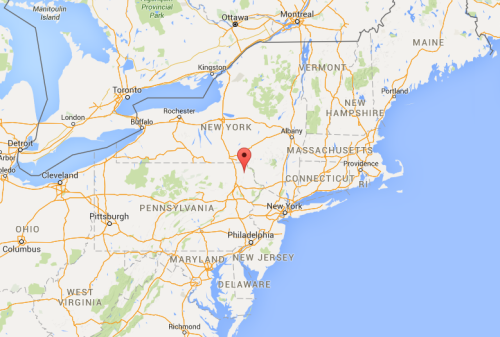


2 Comments